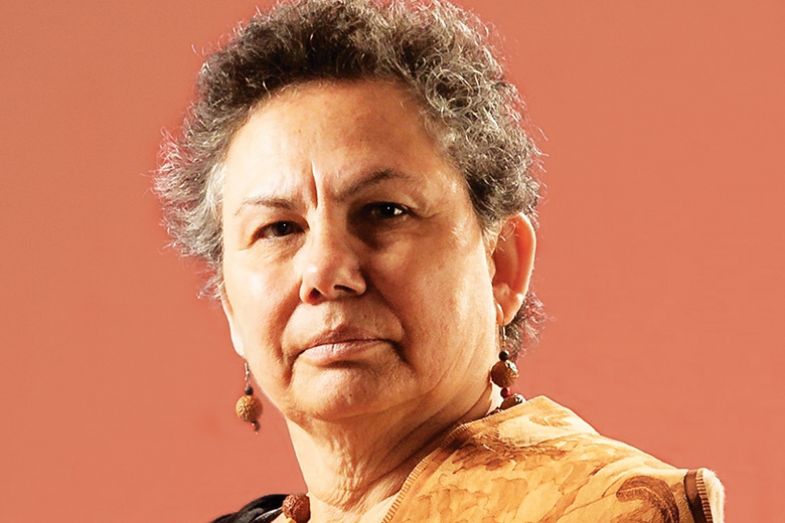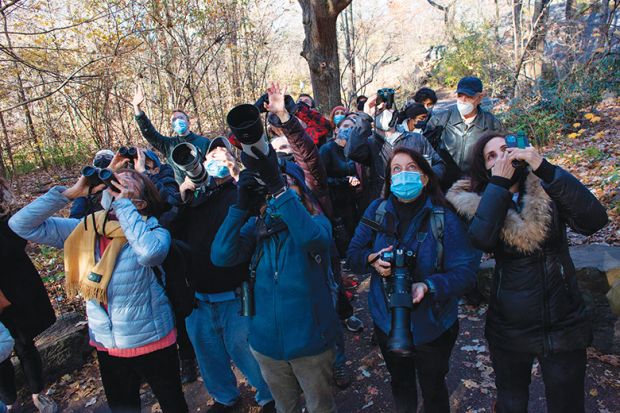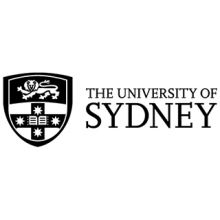Practitioners of community-led research reconfigure their work so that it benefits the researched instead of the researchers. “But most of us would say we did it on the sly,” said Lynette Riley (pictured below), an associate professor in the University of Sydney’s School of Education and Social Work.
Dr Riley said the Western framework for research – bid for a grant, get the money, apply for ethics approval and so on – doesn’t work in Aboriginal communities, for example. Instead, a “precursor stage” is required up to two years beforehand in which she visits the community to talk about the potential topic, who might want to be involved and the roles they could play.
“It helps inform the research when I apply for funding,” she said. “And when I come back, people aren’t thinking it’s just because I’ve got the money. I’ve done all that groundwork, so people are aware. They want to be involved because they helped give me the ideas.”
A common default in social policy is to seek community input after nothing else has worked, Dr Riley complained: “Why don’t we just let them have a go to begin with? This is a really valid way of doing research. Let’s bring it to the forefront.”
A new book edited by Dr Riley and two colleagues in her school, Community-led Research: Walking New Pathways Together, is the culmination of a project that also included a series of seminars and interviews with academics. Part how-to guide, part theoretical underpinning, it explores the pluses and pitfalls of a modus operandi where research questions are largely determined by those being researched.

Co-editor Victoria Rawlings said that while communities benefit, so do researchers. “We ask better questions, [so] we get better answers,” she said. “Outputs like reports, educational initiatives or findings to parliament are better-quality outputs.”
The impacts often flow back to the participants “through their networks” rather than little-read journals. “It’s research to feel good about,” Dr Rawlings said. “You often have people contact you afterwards and say: ‘I was really happy to be part of this research.’”
A chapter co-authored by Dr Rawlings relates how she and Lancaster University colleague Elizabeth McDermott harnessed a youth advisory group and a paid consultant from northern England’s LGBTIQ+ community to help shape survey questions on self-harm and suicide.
Dr Rawlings said empirical data on the subject are limited because LGBTIQ+ youth have been excluded from research for fear of inciting suicidal ideation – exactly the wrong approach, she insisted.
“Young people in my study who were self-harming or suicidal often felt like they couldn’t talk to anyone,” she said. “For some, I was the first person they had told. Aboriginal children, trans children, disabled children, children in out-of-home care – one of the best things that they can do is talk about it in research. It’s important that we recognise that in ethical processes. Sometimes, protection goes so far that it restrains people from doing what would be helpful for them.”
She said ethics committees struggle with the “off the books” nature of community-led research that strays into areas not previously canvassed. “Committees want you to give them everything before you talk with a community, [but] community interactions are unpredictable.”
Co-editor and archaeologist James Flexner said that an incident in 2020, when mining company Rio Tinto destroyed a Western Australian cave system occupied by Aboriginal people for tens of thousands of years, demonstrates why communities need to guide research from the outset.
“Before you go out into the field, you should be [asking] people: ‘What do you want out of this? How can we do this in a way that does no harm and ideally produces benefit?’ And the community gets to define the benefit – not us as outsiders coming in.
“One of the systemic problems with academia [is] that people have been so focused on the productivity model of scholarship. We’ve lost sight of why we do things because of this rush to produce more and more [papers] every year,” he said.
The book warns that community-led research is not easy or quick, with Dr Flexner pointing out that the title “Dr” holds little weight in southern Vanuatu where he does much of his research. “You have to take the time until you have a certain standing…for people to be willing to share knowledge with you.
“Even then, some stuff [will be] taboo. You don’t have the right background to be party to this knowledge. I am quite comfortable with that. I don’t need to know everything about everyone. I think that’s something academics need to get over – this idea that we need to know everything about everyone.”
POSTSCRIPT:
Print headline: Communal approach leads to shared good
Register to continue
Why register?
- Registration is free and only takes a moment
- Once registered, you can read 3 articles a month
- Sign up for our newsletter
Subscribe
Or subscribe for unlimited access to:
- Unlimited access to news, views, insights & reviews
- Digital editions
- Digital access to THE’s university and college rankings analysis
Already registered or a current subscriber? Login










